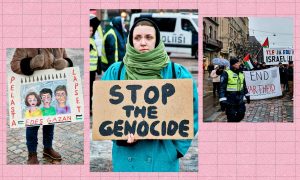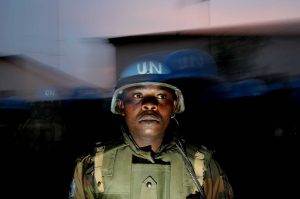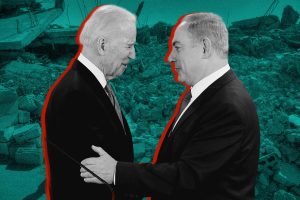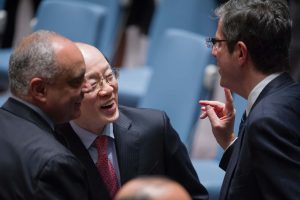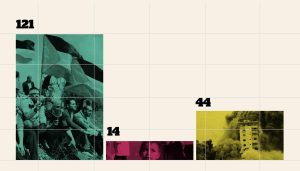As the UN’s longest-standing peacekeeping mission faces a turbulent exit from the Democratic Republic of Congo, what were its critical failings, and what can the UN learn from them?
On June 7th, 2023, after an extensive visit and tour of the Democratic Republic of Congo (DRC), senior UN official Jean-Pierre Lacroix spoke to reporters in the country’s capital, Kinshasa. The line of questioning was centered entirely around the UN’s 24-year long peacekeeping mission, known as MONUSCO. His response to these questions was brief, yet it made headlines globally: the peacekeepers should withdraw from the conflict-torn country “as quickly as possible”.
While Lacroix continued to praise the MONUSCO troops and staff, many argued that the announcement of a withdrawal of UN troops from the DRC was years too late. For nearly a decade, the UN’s peace mission, MONUSCO, has been under scrutiny from the Congolese people, criticized for perceived inefficiencies and ineffectiveness.
The inability of peacekeepers to prevent violence in the region has resulted in a loss of faith amongst the Congolese. This sentiment manifested in 2022 when anti-UN protests escalated, culminating in dozens of fatalities.
Where did MONUSCO fall short in its mission? And more importantly, what are the lessons we can learn from this for future peacekeeping missions?
Background on peacekeeping in the DRC
The DRC is ethnically diverse. Home to over 200 different ethnic groups speaking over 200 languages. It is often referred to as Africa’s metaphorical ‘heart’, and while this diversity paints a picture of potential, resource-driven conflicts and factional violence have plagued the country since 1994.
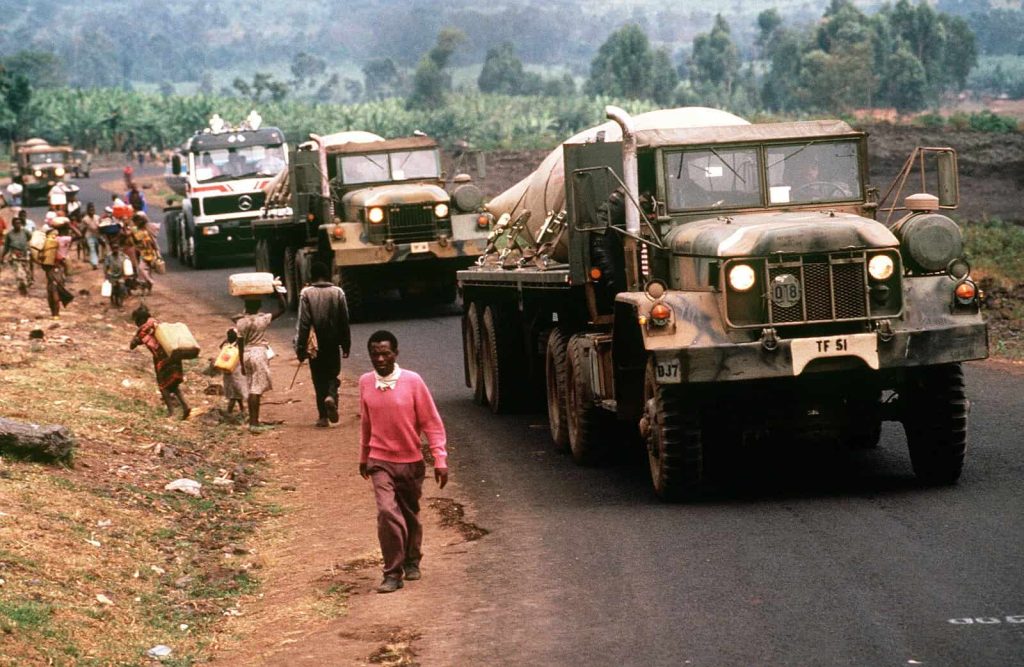
As the conflict intensified following the 1994 Rwandan genocide and the Second Congo War, the UN launched a peacekeeping mission to ease tension in the DRC. The mission, entitled the United Nations Organization Stabilization Mission in the Democratic Republic of the Congo (MONUSCO, initially MONUC), was launched in 1999 and established a UN presence in the country that is now inextricably linked to its modern history.
Currently, MONUSCO stands as the world’s largest and most enduring peacekeeping mission. After 24 years, the complexity of its operations mirrors that of the country it was tasked to stabilize. The failings of operations of MONUSCO in the DRC are not isolated incidents; they raise pressing questions about the United Nations’ approach to the implementation and management of its peace missions globally.
Understanding past and present failures is fundamental for the UN if it is to improve its future peacekeeping missions. Adding urgency to this introspection, ongoing protests demanding UN forces to leave the DRC have led to at least 36 deaths, including four peacekeepers, and left 170 people injured.
With this backdrop, we can trace the evolution of the MONUSCO mission from its ill-prepared launch in 1999 to its current state.
MONUSCO’s initial mandate in 1999 was underdeveloped
By the metric of its own definition, the UN Security Council’s initial intervention into the DRC was regarded as highly challenging. The task of preventing state failure and Internecine strife appeared difficult, let alone the idea of building sustainable peace in the country.
In fact, as Victoria Holt and Tobias Berkman note in their research titled “The Impossible Mandate? Military Preparedness, The Responsibility to Protect and Modern Peace Operations”, the DRC was widely understood as “an extreme environment for peacekeeping” in the 1990s.
The International Rescue Committee estimated that four million civilian deaths had resulted from warfare since 1998. Additionally, the DRC had very few roads and a severe lack of infrastructure, and rebel groups from surrounding regions had seized control of many of the country’s natural resources.
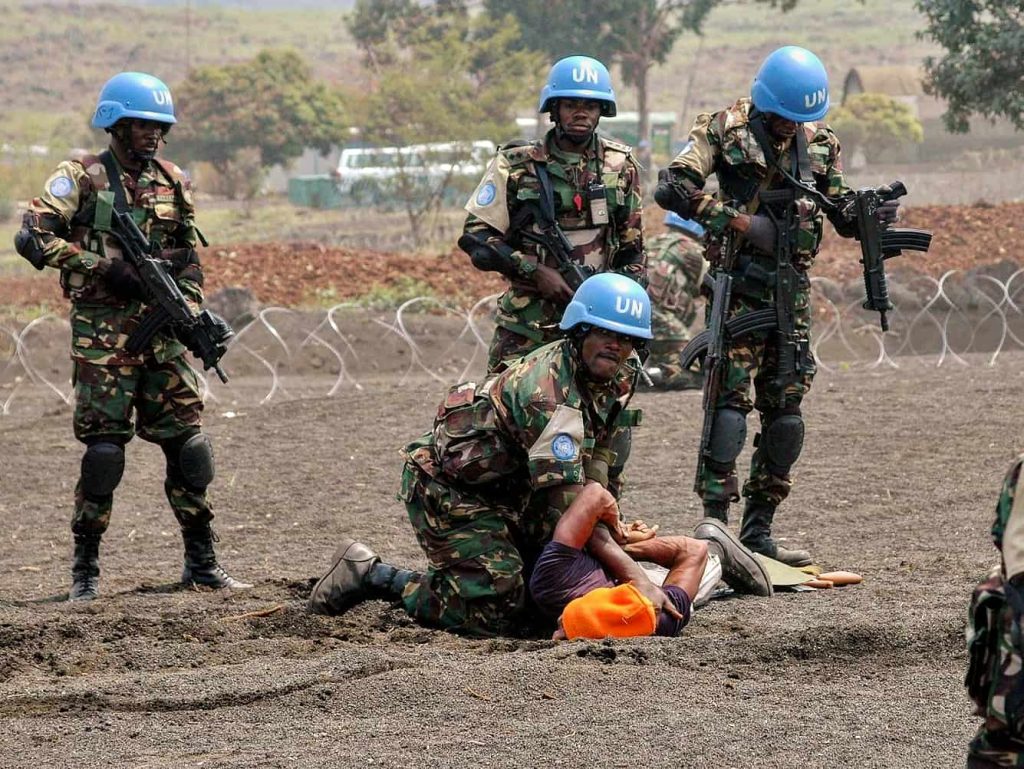
It is for these reasons that the UN’s lack of preparedness for the launch of MONUSCO was so surprising. Despite the widespread knowledge of the issues in the DRC, the UN initially sent fewer than 100 observers and police personnel, but no armed troops. This extreme miscalculation led to the UN consistently deploying additional troops between 1999 and 2003, which came to define the early stages of MONUSCO as reactive rather than a proactive measure in mitigating conflict.
Moreover, as the total number of troops deployed increased, the mandate and mission capacity underwent little change. Author Emily Rhoads described the early stages of MONUC as ‘passive peacekeeping’ amidst war. Therefore, beyond a lack of capacity, the first four years of the MONUSCO mission represented a strategic failure by the UN Security Council in the implementation of a peacekeeping mission.
MONUSCO’s failure to develop a consistent and thorough mandate
The year 2003 is often described in academic literature as a year of transition for the MONUSCO mission. This period marked a significant shift in the mission’s focus. While the UN re-emphasized its mandate to protect civilians, it incorporated new tasks, namely, supporting a transition to a more sustainable national government and overseeing national elections.
The UN expedited the deployment of troops, embracing a sprawling mandate in almost all regions of the DRC. However, it quickly it became clear that there was a disconnect between the focus of the troops deployed in the DRC and the intentions of the UN Security Council.
Nowhere was this disconnect more evident than in Bunia, a city located in the Ituri province in the North-east corner of the DRC along the border of Uganda. The crisis began to unfold as the UN Security Council pressed Ugandan forces to withdraw from the city, without giving sufficient consideration to the stabilizing influence the Ugandan army was providing.
Ultimately, the 400 troops or so who responded to the attacks in Bunia were heralded for reducing the death toll, primarily by evacuating civilians to the airport, thereby saving an estimated 11,000 lives. Nevertheless, today, the fall of Bunia is still regarded as a monumental failure in planning and communication between the UN Security Council and UN troops.
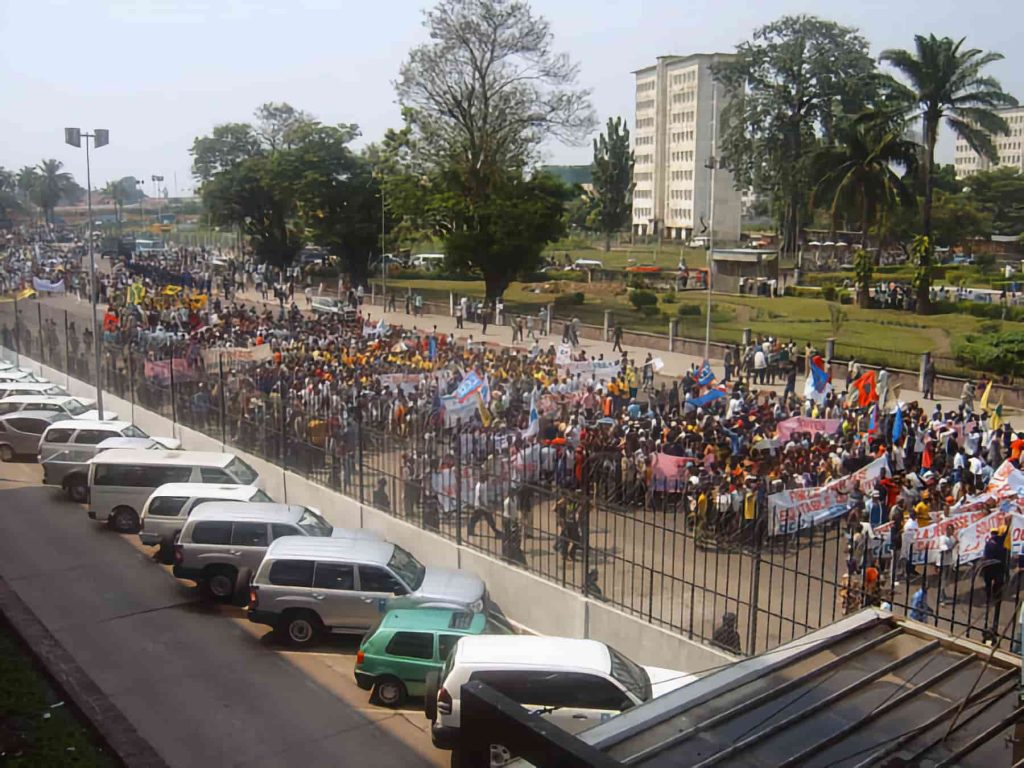
The fall of Bunia, coupled with the contentious UN-facilitated national election in 2006, dealt severe blows to MONUSCO’s credibility. It was abundantly clear that the UN had once again miscalculated its peacekeeping strategy in the DRC. In attempting to facilitate disarmament, curb violence, and establish sustainable peace, it inadvertently stoked conflict and lacked sufficient personnel to execute its ambitious mandate.
MONUSCO failed to work with the DRC government and Congolese forces
By 2010, the UN’s mission in the DRC required a substantial reassessment. This restructured mandate recognised the urgency of the UN’s impending withdrawal, prioritising cooperating with Congolese forces to secure a durable, UN-independent peace.
However, in 2012, the fall of the city of Goma in eastern DRC challenged the budding relationship between the UN and Congolese forces (FARDC). The 23 March Movement (M23), a rebel faction, seized control of the city, exploiting an unprepared and uncooperative UN/FARDC contingent as noted in a study titled, “6 Successes and Failures in Côte d’Ivoire and the Democratic Republic of Congo“.
The M23 attack on Goma, alongside FARDC’s record of human rights abuses in the DRC, necessitated a surge in deployment of UN troops within the DRC, peaking at 19,113 in 2015, as recorded in the aforementioned study. To many observers, this was a marked shift from peacebuilding to peace enforcement, killing any hope of the UN’s withdrawal from the country.
Currently, with anti-MONUSCO protests ongoing, many believe that the UN must foster a more productive relationship with the FARDC if it harbors any hope of a successful exit strategy. British civil servant, Alan Doss contends that “[UN troops] cannot replace government forces to provide security for civilians in the DRC … despite the moral dilemma”.
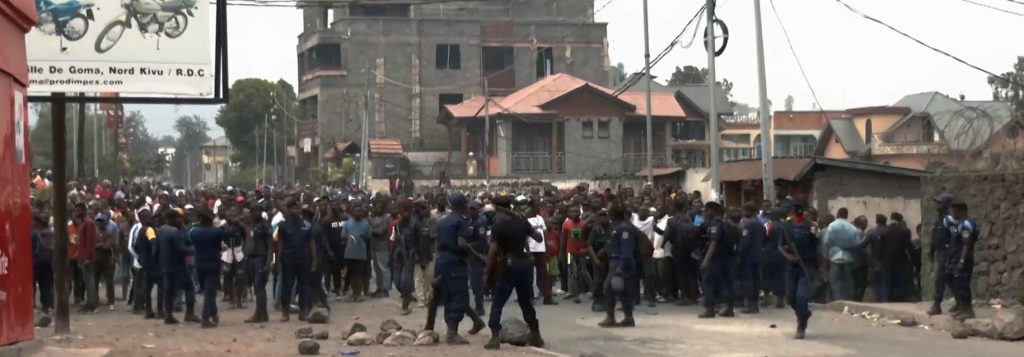
Indeed, even the most robust peacekeeping forces cannot replace the role of the government in maintaining security. Although the moral dilemma adds a layer of complexity to the UN’s role and its peace keeping missions, the historical performance of MONUSCO confirms that any peace keeping mission without the cooperative relationship with the host government and its military is doomed to fail.
MONUSCO sexual abuse and misconduct
One of the most damning criticisms leveled against the UN’s MONUSCO, pertains to the disturbing allegations of sexual exploitation and abuse by its peacekeepers. The issue is not just a stain on the mission’s record; it’s a reflection of a much deeper problem that has affected the organisation’s peacekeeping operations across the globe.
From as early as the inception of the mission, reports began to surface alleging instances of sexual misconduct by peacekeeping personnel. These ranged from transactional sex to horrific incidents of rape. Victims often included vulnerable women and children from local communities – those who the peacekeepers were deployed to protect.
In response, the UN has adapted a zero-tolerance policy toward sexual exploitation and abuse, which included mandatory training for personnel and efforts to improve reporting mechanisms and accountability within the mission. However, critics argue that the UN’s response has been insufficient, highlighting slow investigations, a lack of transparency and limited punitive actions against the accused as evidence of this inadequacy.
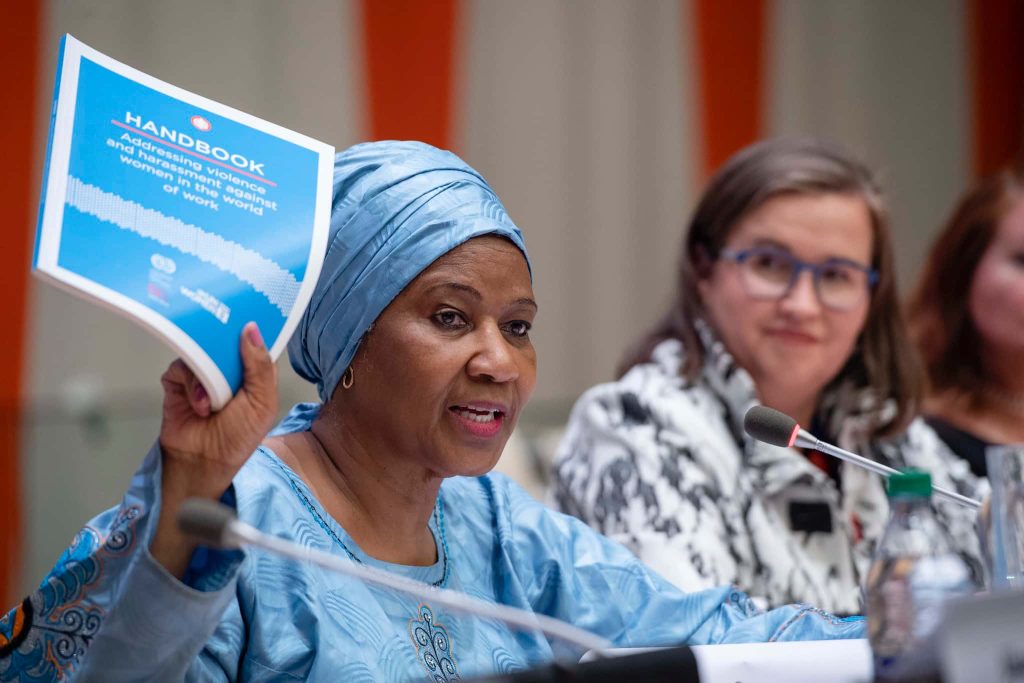
As for holding perpetrators accountable, the process has been fraught with difficulty. The UN does not have jurisdiction over the troops contributing countries provide; instead, it is the responsibility of the individual countries to prosecute their soldiers. This has led to a situation where many alleged perpetrators have not been held accountable for their actions, further exacerbating the controversy.
The consequences of these allegations extend beyond damage to the UN’s reputation. They have also fostered mistrust between the peacekeepers and the local communities they serve, undermining the effectiveness of the peacekeeping mission.
What to expect going forward?
Jean-Pierre Lacroix’s press conference confirms that the UN has finally recognized that its 24-year peacekeeping mission has failed, a recognition that culminated from numerous, critical shortcomings since 1999 to today.
Nevertheless, it is essential to clarify that the UN isn’t the sole bearer of blame for the DRC’s present condition. The DRC has been wrestling with issues of volatile governance, regional instability, and deep-rooted cycles of violence. In fact, many argue that the organization was faced with a Herculean task in its bid to establish peace amidst such a tumultuous context.
Yet, an area where the UN’s shortcomings are unmistakable is in its preference for a reactive rather than a proactive approach to peacebuilding. This tactic has consistently seen the organization failing to meet its targets.
MONUSCO has also highlighted important lessons for future peacekeeping missions of the UN, the most significant takeaway being the need to clearly distinguish between peace enforcement and peacebuilding. The dangers of conflating these terms within a single mandate have been made all too clear.
Moving forward, the lessons drawn from MONUSCO will be instrumental in guiding the UN towards more successful interventions and preventing the breach of its promise to bring peace.




